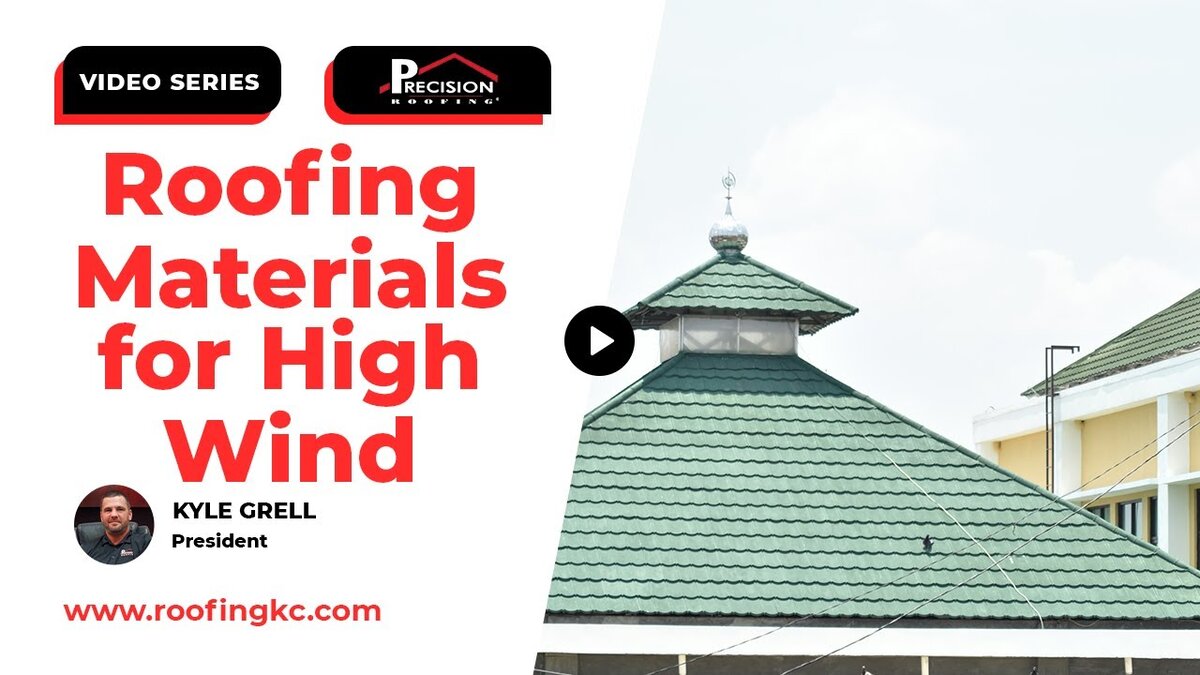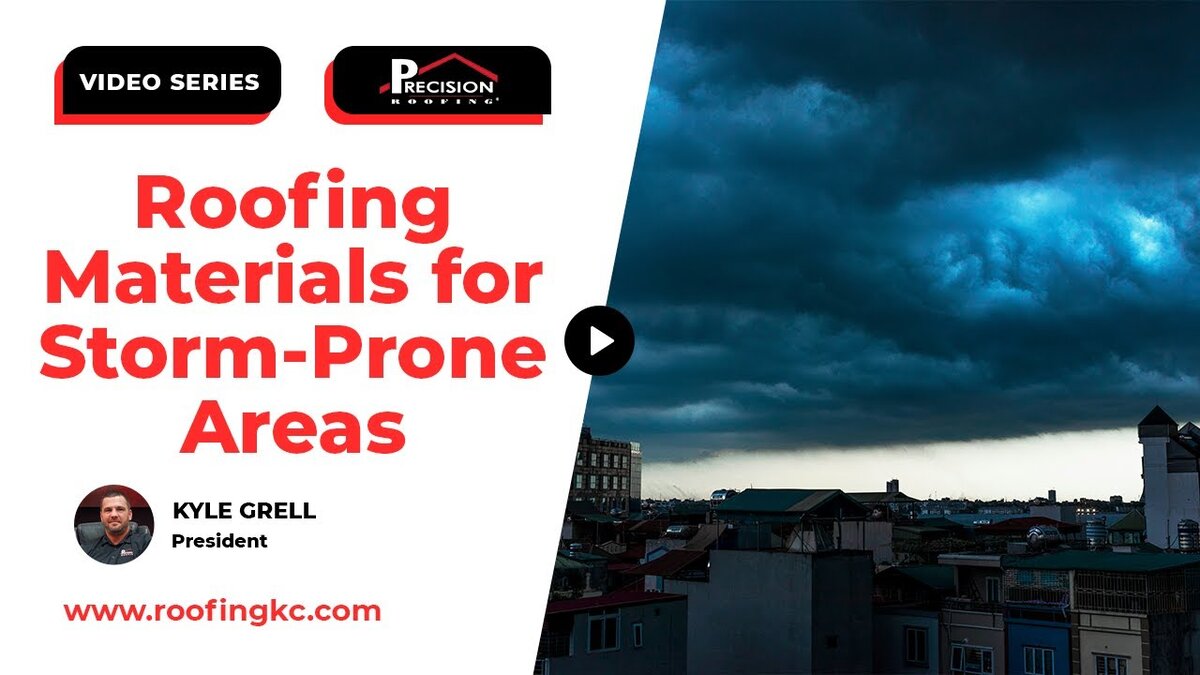You wouldn’t settle for a second-rate foundation for your building—so why compromise on your roof? The roof is your first line of defense against the elements, and making the wrong choice could lead to costly repairs and ongoing headaches. One material that often enters the conversation for flat or low-slope commercial roofs is PVC roofing membrane. It’s promoted as a budget-friendly, flexible option, but does it truly stand up to the test of time?
In this guide, we’ll dive deep into PVC roofing membranes, examining their advantages, common pitfalls, and whether they’re a smart choice for your building.
What is a PVC Roofing Membrane?
A PVC roofing membrane, or polyvinyl chloride membrane, is a type of single-ply roofing material commonly used on flat or low-slope roofs. This membrane is crafted from a flexible plastic that is reinforced with polyester or fiberglass to enhance its durability. The flexibility of PVC allows it to adapt to different roof shapes, which is particularly useful in complex roofing structures. However, despite these advantages, there are several factors that make PVC roofing membranes a less desirable choice for many building owners.
Problems with PVC Roofs
One of the main issues with PVC roofing membranes is their longevity. These membranes contain plasticizers that keep them flexible and easy to install. However, these plasticizers begin to dry out after about five to seven years. As they dry out, the membrane becomes brittle, making it highly susceptible to damage. This brittleness can lead to cracks, leaks, and other issues that compromise the integrity of your roof.
In addition, the once white surface of a PVC roof can become discolored over time. Dirt, debris, and other contaminants can accumulate on the membrane, turning it brown and making it nearly impossible to maintain a clean appearance. This discoloration doesn’t just affect the aesthetics of your roof—it can also impact its performance, as the buildup of grime can affect the membrane’s ability to reflect sunlight, leading to higher energy costs.
PVC Roofs and Hail Damage
Another significant drawback of PVC roofing membranes is their vulnerability to hail damage. Due to the membrane’s brittleness, even moderate hail can cause severe damage. We’ve seen cases where hail has completely shattered the membrane, leaving behind spiral-shaped holes. In some instances, the impact of the hail has been so severe that it has punched right through the membrane.
This susceptibility to hail damage makes PVC roofing membranes a risky choice, especially in areas prone to storms. The cost of repairing or replacing a hail-damaged roof can be substantial, making the initial savings of choosing PVC far less attractive in the long run.
PVC Roofs and Additions
If your building ever requires modifications or additions, such as installing new HVAC equipment or adding skylights, a PVC roof can pose additional challenges. Once the plasticizers have dried out, it becomes nearly impossible to heat weld anything to the membrane. This means that if you need to make any changes to your roof, you may not be able to properly seal the new components, leading to leaks and other issues.
The inability to make necessary modifications without compromising the roof’s integrity is a significant disadvantage for any building owner. This limitation can lead to costly repairs or even the need to replace the entire roofing system prematurely.
Why People Still Choose PVC Roofs
Despite these drawbacks, some building owners still choose PVC roofing membranes, mainly because they tend to be cheaper than other options like TPO (thermoplastic olefin) or EPDM (ethylene propylene diene terpolymer) roofing systems. Cost is often a driving factor in decision-making, especially for those managing tight budgets. However, the initial savings can be misleading when you consider the long-term maintenance and repair costs associated with PVC roofs.
Another reason for choosing PVC roofs could be a lack of information. Many building owners may not be aware of the potential issues that come with PVC roofing membranes and may choose them based on upfront costs without fully understanding the long-term implications.
Limited Use Cases for PVC Roofs
While we generally recommend staying away from PVC roofing membranes, there are specific situations where they might be the best choice. For example, PVC is resistant to highly acidic substances, making it suitable for environments like water treatment plants or restaurants where grease and other acidic materials may come into contact with the roof.
However, even in these cases, the risk of hail damage remains a significant concern. It’s important to weigh the pros and cons carefully and consider whether the benefits of using a PVC membrane outweigh the potential risks.
In Summary
While PVC roofing membranes offer some advantages, such as flexibility and resistance to certain chemicals, their drawbacks make them a less-than-ideal choice for most commercial buildings. The susceptibility to hail damage, difficulty with modifications, and the potential for long-term discoloration and brittleness are all factors that should make building owners think twice before choosing PVC.
If you’re considering a roofing solution for your building, we recommend exploring other options that may offer better durability and fewer long-term issues. For expert advice and to discuss your specific needs, contact us today.




